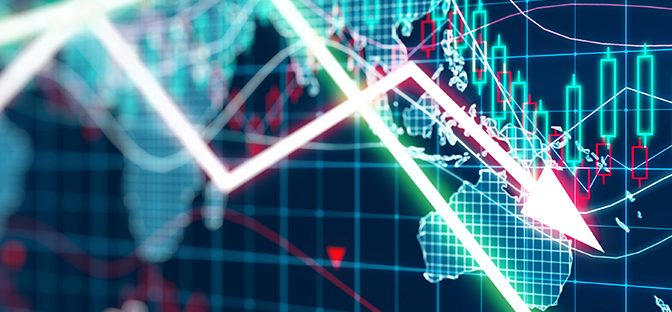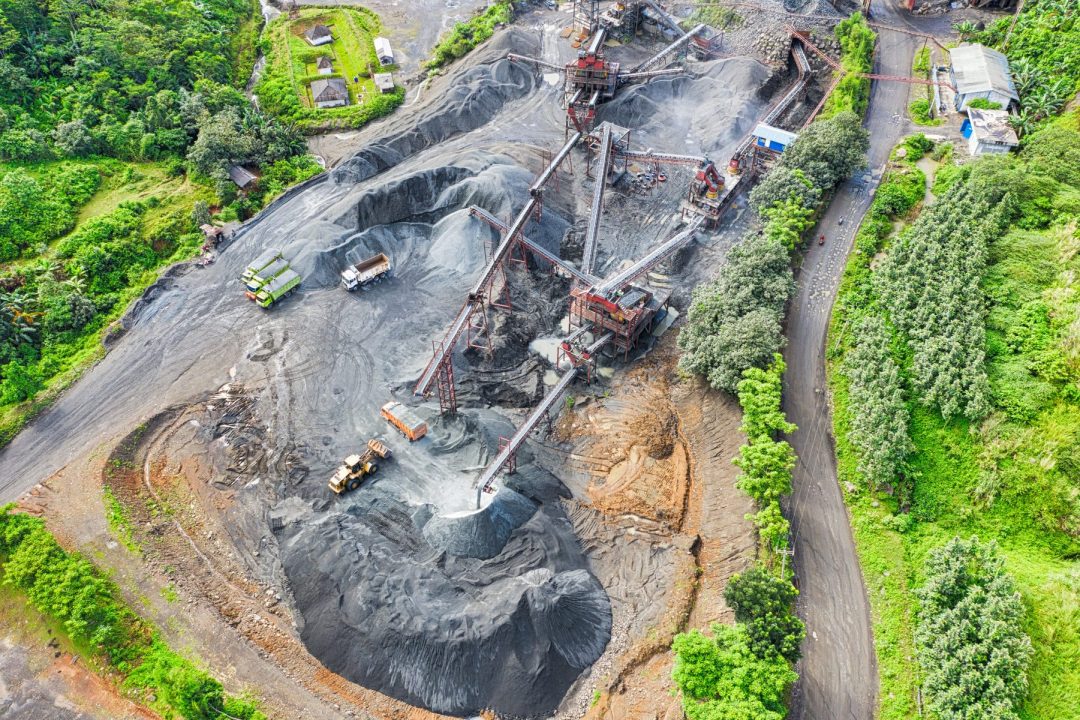As President Franklin D. Roosevelt famously once observed: “The only thing we have to fear is fear itself”. At the tail of end of an historic bull market, with an ongoing trade war, bond bubble and worrying signs of impending recession, policymakers should take note of, given the findings of research by Philippe Bacchetta and Eric van Wincoop into the causes of the Great Recession. As the two academics reveal, it can be a comparatively short step from boom to bust, once negative sentiment begins to drive a self-fulfilling chain of events that can quickly evolve into a panic driven, full-blown global economic crisis. A panic that would make the difference between an economic slowdown and another deep global recession.
Article first published on 25.05.2016 / Updated on 19.09.2019.
The Great Recession that began in the US in 2008 was exceptional in a number of ways. It was not only longer and more damaging than many previous crises, but it was also unusually widespread. This was truly a global crisis. The steep decline in output, consumption, investment and corporate profits experienced in the US was mirrored across the world.
Many commentators have ascribed the global nature of the crisis to high levels of trade and financial integration. However, research by academics Philippe Bacchetta (HEC Lausanne, University of Lausanne) and Eric van Wincoop (University of Virginia) suggests other mechanisms played a major role. These are important findings, especially as, during one of the longest bull markets in history, substantial cracks are beginning to appear in the global economy.
Historically, major recessions have had a profound effect on economic output in the countries where they initially occurred, but their impact elsewhere has often been limited. That is true for the Great Depression, for example, where the decline in output was much greater in the United States than in the rest of the world.
The anatomy of a crisis
With the Great Recession of 2008-2009, however, poor performance in the US across numerous economic and business metrics during late 2008 and early 2009 was also experienced in many other parts of the world. As was the negative outlook and increased uncertainty about future growth prospects.
Contagion in the financial system, and restricted credit availability in particular, was not primarily responsible for the global nature of the 2008-2009 crisis.
To the casual observer such contagion might not seem surprising in a 21st century globalized economy. Why wouldn’t the ripples from game changing disruptive technologies, or a significant market crash, reach across oceans to countries and continents far from the original source? As the authors note, however, contagion in the financial system, and restricted credit availability in particular, was not primarily responsible for the global nature of the crisis. Credit did not decline noticeably in non-US countries. And previous research suggests that the transmission of a financial shock between countries requires closer integration of goods and financial markets than that demonstrated by the countries affected. Instead, some other mechanism was at work.
But why was the Great Recession so widespread, and why was this recession different from previous recessions? These were the two questions the authors set out to answer.
Their fears became self-fulfilling, demand dried up, and the predicted slump became a reality
The solution, suggest the authors, lies in the economic related fear that gripped the world’s companies and consumers. As the various members of the global economic ecosystem revised their expectations of future income and economic activity downwards, their fears became self-fulfilling, demand dried up, and the predicted slump became a reality. Survey results show that the average GDP growth expectations of a set of 17 non US countries broadly tracked US sentiment, as did the perceived variance from growth forecasts.
The authors constructed a two country model to investigate the mechanisms for contagion and the factors that play a role in the spread of negative sentiment. They discovered a devastating chain of events.
Where firms have set prices, but then encounter funding constraints on operations and experience low profits and tight credit, those firms may not be able to invest enough to maintain productivity levels. The confidence of workers – who are also consumers – is dented as they anticipate reduced income, and budget accordingly decreasing consumption. Lower demand feeds through to lower profits and, if credit remains tight, leads to lower investment, productivity and income. Firms go bust. Panic sets in. Recession ensues.
Thus lower economic expectations may become economic reality, in turn increasing uncertainty about future output. But what about the contagion? The authors show that limited integration at least is required for economic panic to spread between two countries.
Where one country is seized by a self-fulfilling economic malaise the other country will necessarily panic as well.
Sufficiently integrated countries are unable to form different perspectives on the future. Beyond a certain threshold of integration between two countries, conditions will be such that where one country is seized by a self-fulfilling economic malaise the other country will necessarily panic as well. Or, the economic situation will be benign enough that investment is possible and calm prevails. Below that integration threshold, however, it is possible for one country to remain unaffected by the panic of another country.
Economic panic
The authors show how, in 2008 and 2009, conditions were highly conducive to creating a self-fulfilling cycle of panic that was likely to lead to falling economic output and performance. In particular, losses from financial firms led to deleveraging and a credit crunch made it difficult for firms to borrow. Low interest rates in many countries limited scope for central banks to use interest rate cutting as a monetary tool to promote growth. Also, high levels of government indebtedness restricted the ability of countries to stimulate growth through government spending.
Add a trigger event, such as the turmoil in US markets following its real estate crash and collapse of collateralized debt obligation markets, plus sufficient integration between countries, and a contagious panic and ensuing recession is difficult to avoid.
As we head into 2020 on the back of a ten year bull market there are worrying signs of stress in the global economy. The dreaded inverted yield curve – where long term bond yields are lower than those for short-term bonds – has been sighted, historically a major marker of impending recession. The US president is engaged in a trade-war-by-tweets with China. The UK is struggling to extract itself from the EU. All playing out against a background of a fourth industrial revolution – disruptive industry transformation driven by a tsunami of new technologies.
Business has barely managed to shake off the effects of the Great Recession, who knows whether policymakers have the tools to mitigate the effects of another economic earthquake, should it strike any time soon. But as the world waits for the next major financial shock, while we might not have an effective early warning system, both policymakers and practitioners would benefit from a thorough reading of Philippe Bacchetta and Eric van Wincoop’s explanation of the last panic provoked crisis.
Read the original research paper: Philippe Bacchetta & Eric van Wincoop, 2016. “The Great Recession: A Self-Fulfilling Global Panic“, American Economic Journal: Macroeconomics, American Economic Association, vol. 8(4), pages 177-198, October.
Featured image by peshkov / istockphoto




